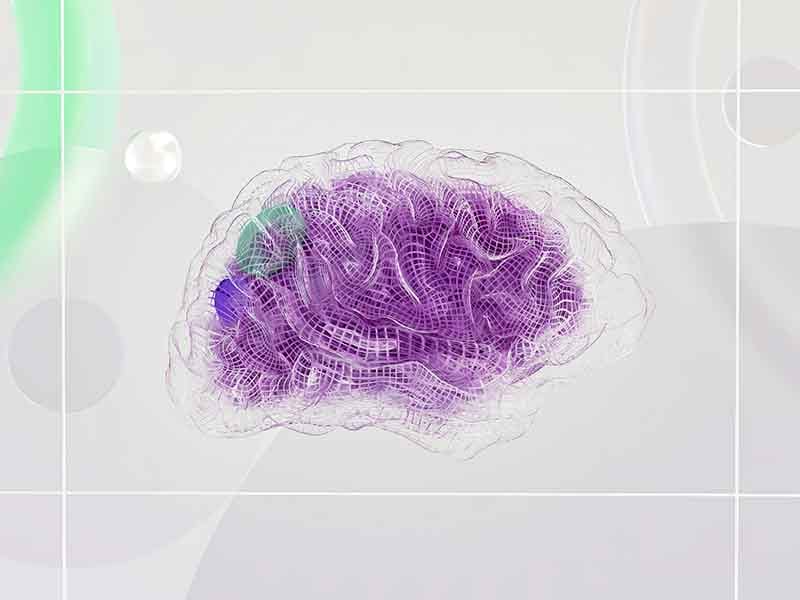Project Management Methodologies: Agile vs. Waterfall
A comprehensive article on Agile and Waterfall methodologies in project management.

In the world of software development and project management, two methodologies stand out as the most widely recognized and implemented: Agile and Waterfall. Each approach has its own philosophy, strengths, and ideal use cases. Understanding these methodologies is crucial for project managers and teams to choose the best approach for their specific projects.
Waterfall Methodology: A Linear Approach
The Waterfall methodology, first formally described by Dr. Winston W. Royce in 1970, is a linear sequential approach to project management. It's called "Waterfall" because progress flows steadily downwards through distinct phases, much like a cascading waterfall.
In a Waterfall project, each phase must be completed before the next one can begin. The typical phases include:
- Requirements gathering and documentation
- System design
- Implementation (coding)
- Testing
- Deployment
- Maintenance
For example, in a Waterfall project to develop a new customer relationship management (CRM) system, the team would first spend considerable time gathering all possible requirements from stakeholders. They would then create a comprehensive design document, implement the entire system based on this design, conduct thorough testing, and finally deploy the completed CRM to users.
The Waterfall method works well for projects with well-defined requirements and minimal expected changes. It's often used in industries like construction or manufacturing, where changes mid-project can be costly or impossible.
However, the Waterfall approach can be inflexible in the face of changing requirements, which is often the case in software development. It also delays testing until late in the project, which can lead to the late discovery of significant issues.
Agile Methodology: Embracing Change and Iteration
In contrast to Waterfall, the Agile methodology embraces change and continuous improvement. Formalized in the Agile Manifesto in 2001, this approach emphasizes flexibility, customer collaboration, and rapid delivery of working software.
Agile projects are typically broken down into small increments called "sprints," usually lasting 1-4 weeks. Each sprint aims to produce a working piece of software that can be demonstrated to stakeholders. This allows for frequent feedback and the ability to adjust priorities and requirements as the project progresses.
Let's consider an Agile approach to developing that same CRM system. The team might start by implementing a basic contact management feature in the first sprint. In the next sprint, they could add email integration, followed by a reporting dashboard in the third sprint. After each sprint, the team would demo the new features to stakeholders, gather feedback, and adjust their plans for future sprints accordingly.
Key principles of Agile include:
- Individuals and interactions over processes and tools
- Working software over comprehensive documentation
- Customer collaboration over contract negotiation
- Responding to change over following a plan
Agile methodologies, such as Scrum or Kanban, provide frameworks for implementing these principles. For instance, Scrum introduces roles like the Product Owner and Scrum Master, and events like Daily Stand-ups and Sprint Retrospectives to facilitate the Agile process.
Agile shines in projects where requirements are expected to evolve, or where early delivery of business value is crucial. It's particularly popular in software development but has been adopted in various other industries as well.
Choosing Between Waterfall and Agile
The choice between Waterfall and Agile often depends on the nature of the project, the organization's culture, and the preferences of stakeholders.
Waterfall might be more suitable when:
- Requirements are well-understood and unlikely to change
- The project is short and simple
- The industry is highly regulated, requiring extensive documentation
Agile could be a better fit when:
- Requirements are expected to change or evolve
- Rapid delivery of working features is prioritized
- Close collaboration with stakeholders is possible and desired
It's worth noting that many organizations use a hybrid approach, combining elements of both methodologies to suit their specific needs. For instance, they might use a Waterfall-like approach for the initial planning and design phases, then switch to an Agile approach for development and deployment.
In conclusion, both Waterfall and Agile methodologies have their place in modern project management. Understanding the strengths and weaknesses of each approach allows project managers to make informed decisions about how to structure their projects for success. As the field of project management continues to evolve, we're likely to see further refinements and new methodologies emerge, all aimed at delivering value more effectively in our fast-paced, ever-changing world.
Thank you for reading! To get in touch with us, feel free to access:
- 👉 Support Page - chat with the team behind AppSeed
- 👉 Custom Development Services section and get a quote